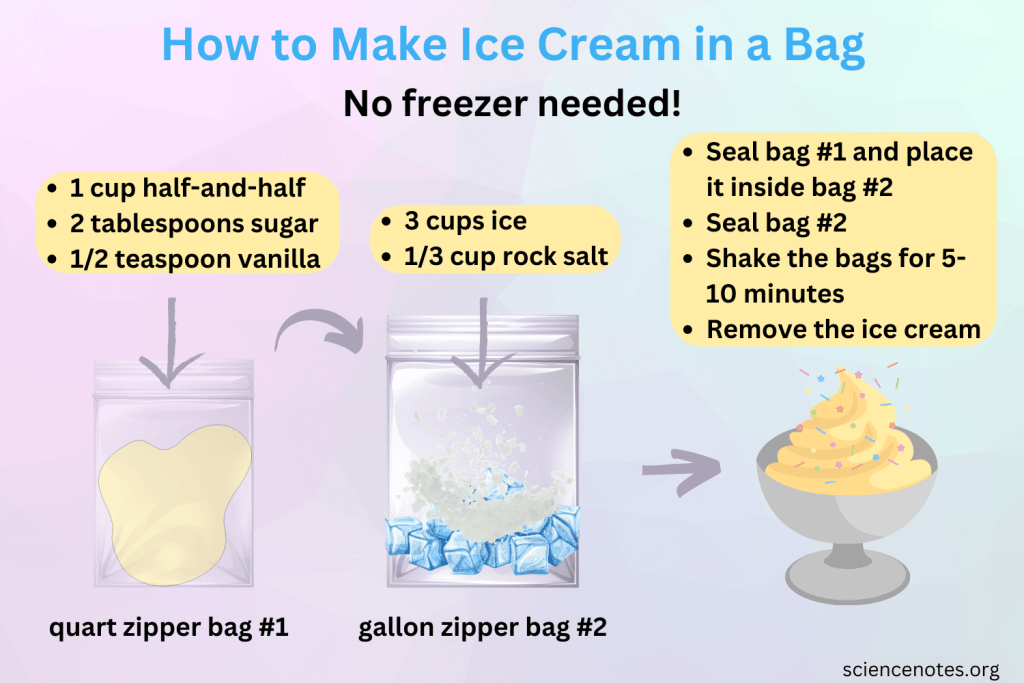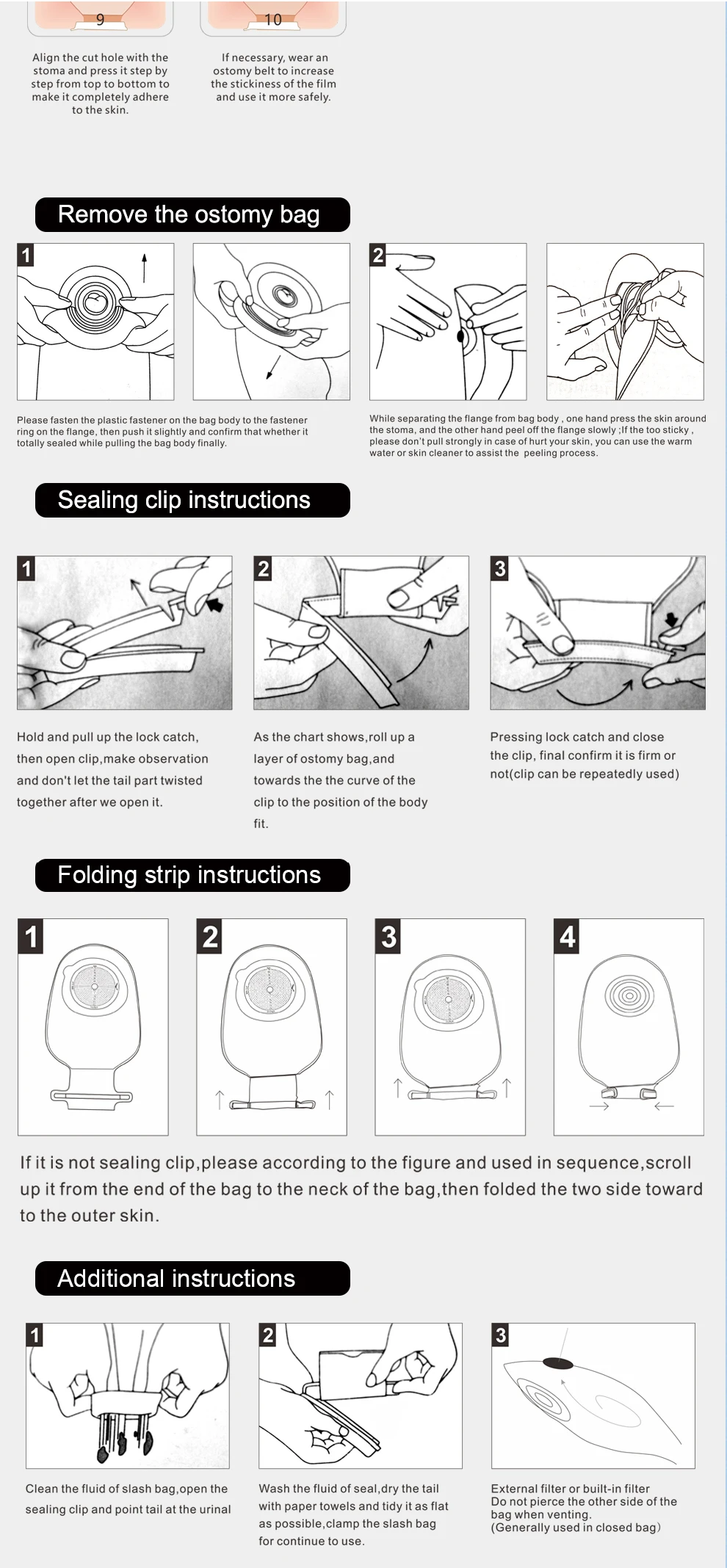To clean a cooler bag, empty it, wash the interior with mild soap and warm water, rinse thoroughly, and let it air dry completely with the lid open.

Table of Contents
- Essential Cleaning Supplies You’ll Need
- The Fundamental Cleaning Process: A Step-by-Step Method
- Addressing Tough Cooler Bag Challenges
- Caring for Premium Cooler Exteriors
- Proactive Care for Extended Freshness

Essential Cleaning Supplies You’ll Need
Before you begin, gathering the right tools will make the process efficient and effective. Using the wrong products can damage the cooler’s insulating liner or exterior fabric. You likely have most of these items at home already. Prepare your cleaning station with everything you need to restore your bag to pristine condition.

A well-maintained cooler bag not only looks better but also performs better, ensuring your food and drinks stay fresh and safe. Having these simple supplies on hand ensures you are ready for both routine cleans and tackling unexpected messes.
| Cleaning Item | Purpose |
|---|---|
| Mild dish soap | The primary cleaning agent for general grime and food residue. |
| Warm water | Helps dissolve soap and loosen dirt effectively. |
| Soft sponge or cloth | For gentle scrubbing without scratching the interior lining. |
| Baking soda | An excellent natural deodorizer and mild abrasive for stains. |
| White vinegar | Effective for disinfecting and breaking down mold or mildew. |
| Dry towels | For drying the bag thoroughly after washing. |
The Fundamental Cleaning Process: A Step-by-Step Method
Following a systematic approach ensures every part of your insulated bag is cleaned, from the inner lining to exterior pockets and straps. This routine cleaning method is perfect after each use to prevent the buildup of bacteria and odors. Consistency is key to maintaining a hygienic and reliable cooler.
Step 1: Empty and Prepare
First, completely empty the cooler bag of all contents. Remove any loose crumbs, wrappers, or debris. If your bag has removable liners or dividers, take them out to be washed separately. Shake the bag upside down over a trash can to dislodge any hidden particles. This initial step prevents you from simply spreading dirt around during the cleaning process.
Step 2: Clean the Interior Lining
The inside of your cooler is where food safety is paramount. Create a cleaning solution by mixing a few drops of mild dish soap with warm water. Dip a soft sponge or cloth into the solution, wring it out, and gently wipe down the entire interior lining. Pay close attention to corners and seams where spills and bacteria can accumulate. For minor sticky spots, a paste of baking soda and water can be applied and gently scrubbed before wiping clean.
Step 3: Wash the Exterior
The outside of your bag is exposed to different elements. For most nylon or polyester exteriors, the same soapy water solution used for the interior will work perfectly. Use a clean cloth to wipe down the entire surface, including straps, handles, and pockets. Avoid using harsh chemicals or abrasive brushes that could damage the fabric or fade its color.
Step 4: Rinse Thoroughly
Rinsing is a crucial step to remove all soap residue, which can attract dirt if left behind. Using a new, clean cloth dampened with only water, wipe down both the interior and exterior of the bag. You may need to rinse the cloth and repeat this process a few times to ensure all the soap is gone. Be meticulous, as leftover soap can affect the taste of future contents.
Step 5: Dry Completely
Moisture is the primary cause of mold, mildew, and unpleasant odors. Never store a damp cooler bag. First, use a dry towel to absorb as much water as possible from the inside and outside. Then, open all zippers and compartments and place the bag upside down or on its side in a well-ventilated area to air dry completely. Propping it open can improve air circulation. Allow it to dry for several hours or overnight until it is 100% dry to the touch.
Addressing Tough Cooler Bag Challenges
Sometimes, a standard wash isn’t enough. Spilled drinks, forgotten leftovers, or improper storage can lead to stubborn stains, persistent odors, or even mold. These issues require a more targeted approach to fully restore your bag.
How to Remove Stubborn Stains
For tough food or drink stains on the interior lining, create a paste using baking soda and a small amount of water. Apply the paste directly to the stain and let it sit for 15-20 minutes. Then, gently scrub the area with a soft-bristled brush or cloth in a circular motion. Wipe away the residue with a damp cloth and repeat if necessary. For fabric exteriors, a spot-treatment with a diluted mixture of water and a gentle laundry detergent can be effective.
How to Eliminate Lingering Odors
If your cooler bag still has a funky smell after cleaning, you need to deodorize it. Baking soda is a fantastic natural odor absorber. Sprinkle a generous layer of dry baking soda inside the clean, dry cooler, zip it closed, and let it sit for at least 24 hours. Afterward, simply vacuum or wipe out the powder. For very strong smells, placing a crumpled newspaper or a cotton ball soaked in vanilla extract inside the closed bag can also help absorb odors.
How to Treat Mold and Mildew
Discovering mold or mildew is unsettling, but it can be treated. Create a solution of equal parts white vinegar and water in a spray bottle. Spray the affected areas liberally and let the solution sit for about 15 minutes. The acidity of the vinegar will kill the mold spores. Use a soft brush to scrub the spots away, then wipe the entire interior with the vinegar solution to be safe. Finally, rinse with a clean, damp cloth and, most importantly, dry the bag completely, preferably in direct sunlight, as UV rays help inhibit mold growth.
Caring for Premium Cooler Exteriors
High-quality cooler bags often feature durable and stylish materials that require special attention. Proper care ensures these materials maintain their integrity and appearance, reflecting the craftsmanship of the product.
Cleaning Canvas or Fabric
For heavy-duty canvas or woven fabric exteriors, spot cleaning is the preferred method. Use a soft brush to remove any loose dirt. Then, tackle stains with a mild soap and water solution, scrubbing gently. Avoid saturating the fabric. Once clean, allow it to air dry completely away from direct heat sources.
Maintaining Leather Details
For coolers featuring premium materials, like the full-grain leather accents and handles on the Beldtura Leather Cooler Bag, a different approach is essential. Never submerge leather in water. Instead, wipe leather components with a slightly damp cloth to remove surface dirt. For deeper cleaning or conditioning, use a cleaner specifically formulated for leather. Applying a high-quality leather conditioner periodically will keep the material supple, prevent cracking, and preserve its rich appearance for years of sophisticated use.
Proactive Care for Extended Freshness
The best way to deal with a dirty cooler bag is to prevent it from getting that way in the first place. A few simple habits can dramatically reduce your cleaning time and extend the life of your bag.
Always wipe out the interior with a damp cloth after every single use, even if nothing appears to have spilled. This removes unseen condensation and food particles. When you are not using the cooler, store it in a cool, dry place with the zipper slightly open. This allows air to circulate and prevents any trapped moisture from turning into musty smells or mildew. Taking these small preventative steps ensures your cooler is always fresh, hygienic, and ready for your next adventure.

